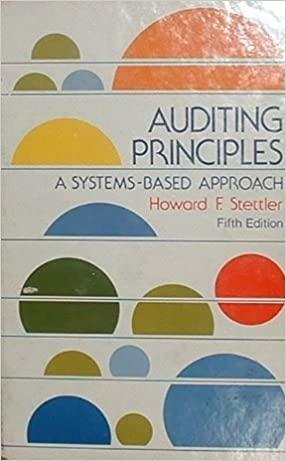Answered step by step
Verified Expert Solution
Question
1 Approved Answer
When all is said and done, it's likely to be one of the worst environmental disasters, if not the worst, in U.S. history.9 British Petroleum's
When all is said and done, it's likely to be one of the worst environmental disasters, if not the worst, in U.S. history.9 British Petroleum's (BP) Deepwater Horizon offshore rig in the Gulf of Mexico exploded in a ball of flames on April 20, 2010, killing I1 employees. This initial tragedy set in motion frantic efforts to stop the flow of oil. followed by a long and difficult cleanup process. Although the impacts of the explosion and oil spill were felt most strongly by businesses and residents along the coast and by coastal wildlife, those of us inland who watched the disaster unfold were also shocked and dismayed by what we saw happening. What led to this disaster, and what should BP do to minimize the likelihood of it ever happening again?
One thing that has come to light in the disaster investigation is that it's no surprise that something like this happened. After Hurricane Dennis blew through in July 2005, a passing ship was shocked to see BP's new massive S1 billion Thunder Horse oil platform "listing dangerously to one side, looking for all the world as if it were about to sink." Thunder Horse "was meant to be the company's crowning glory, the embodiment of its bold gamble to outpace its competitors in finding and exploiting the vast reserves of oil beneath the waters of the gulf." But the problems with this rig soon became evident. A valve installed backwards caused it to flood during the hurricane even before any oil had been pumped. Other problems included a welding job so shoddy that it left underwater pipelines brittle and full of cracks. "The problems at Thunder Horse were not an anomaly, but a warning that BP was taking too many risks and cutting corners in pursuit of growth and profit
Then came the tragic explosion on the Deepwater Horizon. Before the rig exploded, there were strong warning signs that something was terribly wrong with the oil well. Among the red flags were several equipment readings suggesting that gas was boiling into the well, a potential sign of an impending blowout. Those red flags were ignored. Other decisions made in the 24 hours before the explosion included a critical decision to replace heavy mud in the pipe rising from the seabed with sea water, again possibly increasing the risk of an explosion. Internal BP documents also show evidence of serious problems and safety concerns with Deepwater. Those problems involved the well casing and blowout preventer. One BP senior drilling engineer warned, This would certainly be a worst-case scenario.
The federal panel charged with investigating the spill examined 20 anomalies in the wells behavior and the crews response. The panel is also investigating in particular why rig workers missed telltale signs that the well was close to an uncontrolled blowout. The panels final report blamed both BP and its contractors for the failures that led to the explosion on the Deepwater Horizon. Many of those failings stemmed from shortcuts to save time and money. However, the report also faulted the government for lax oversight of the companies
1- Define the main issue/issues of this case study.
2- What type of control feedforward, concurrent, or feedback- do you think would have been the most useful in this situation? Explain your choice/s.
3- Why do you think company employees ignored the red flags? How could such behavior be changed in the future?
4- What could other organizations learn from BPs mistakes?
Step by Step Solution
There are 3 Steps involved in it
Step: 1

Get Instant Access to Expert-Tailored Solutions
See step-by-step solutions with expert insights and AI powered tools for academic success
Step: 2

Step: 3

Ace Your Homework with AI
Get the answers you need in no time with our AI-driven, step-by-step assistance
Get Started


